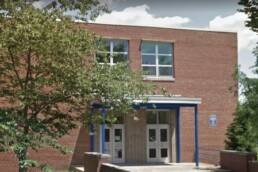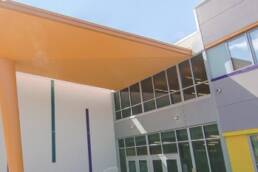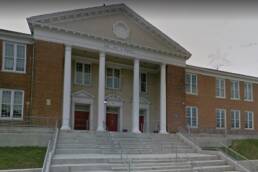D.C. Streetcar Project
CLIENT:
District Department of Transportation
Project Description: The District Department of Transportation (DDOT) looks to provide a significant transit system that provides vital connectivity in strategic areas of the city. DC is one of the fastest growing cities in the United States. As the population continues to increase, so does the number of people who use public transportation. Local investments in transportation are paying off. The District’s investments are providing more transportation choices across the region–including car and bike sharing–while residents are better utilizing public transportation and walking to work, making DC a more sustainable city.
Study: In 2003, then-Mayor Anthony A. Williams unveiled a draft Strategic Development Plan which proposed redeveloping and revitalizing six blighted areas of the city, including H Street NE and Benning Road.[38] Among the proposals to revitalize H Street was the construction of a streetcar line to downtown D.C. in five to 10 years.[38] On January 20, 2006, the District of Columbia Department of Transportation announced that it would build a $13 million streetcar line on H Street NE, from Union Station to Benning Road and the Minnesota Avenue Metro station as part of its Great Streets initiative,[39][40] on much of the same route established by the Columbia Railway Company in 1870.[41] By 2008, the extension to the Minnesota Avenue Metro station had been dropped.[33] Streetcar tracks were installed on H Street as part of the H Street/Benning Road Great Streets project that was started in December of 2007 and ended on June 30, 2011.
ROLE: Commun-ET principal was a Senior Project Manager for the DC Streetcar Project and oversaw permitting, utility coordination and several aspects of community engagement. The Commun-ET team has been instrumental in critical strategy and implementation efforts during the streetcar project development. As part of a comprehensive communication team focusing on hands-on outreach efforts, the Commun-ET principal managed all tasks dealing with organizing public meetings, documenting stakeholders’ comments, disseminating the DC Streetcar messaging, and responding to stakeholders. Under the Commun-ET principal’s leadership, the community was better informed which translated into a softened stance on more controversial elements of the project, such as the Car Barn Training Center and Maintenance Facility. At the conclusion of the HPRB hearing, DDOT/HDR acknowledged our team for our aggressive efforts in changing stakeholders’ knowledge, attitudes, and beliefs about the construction project.





